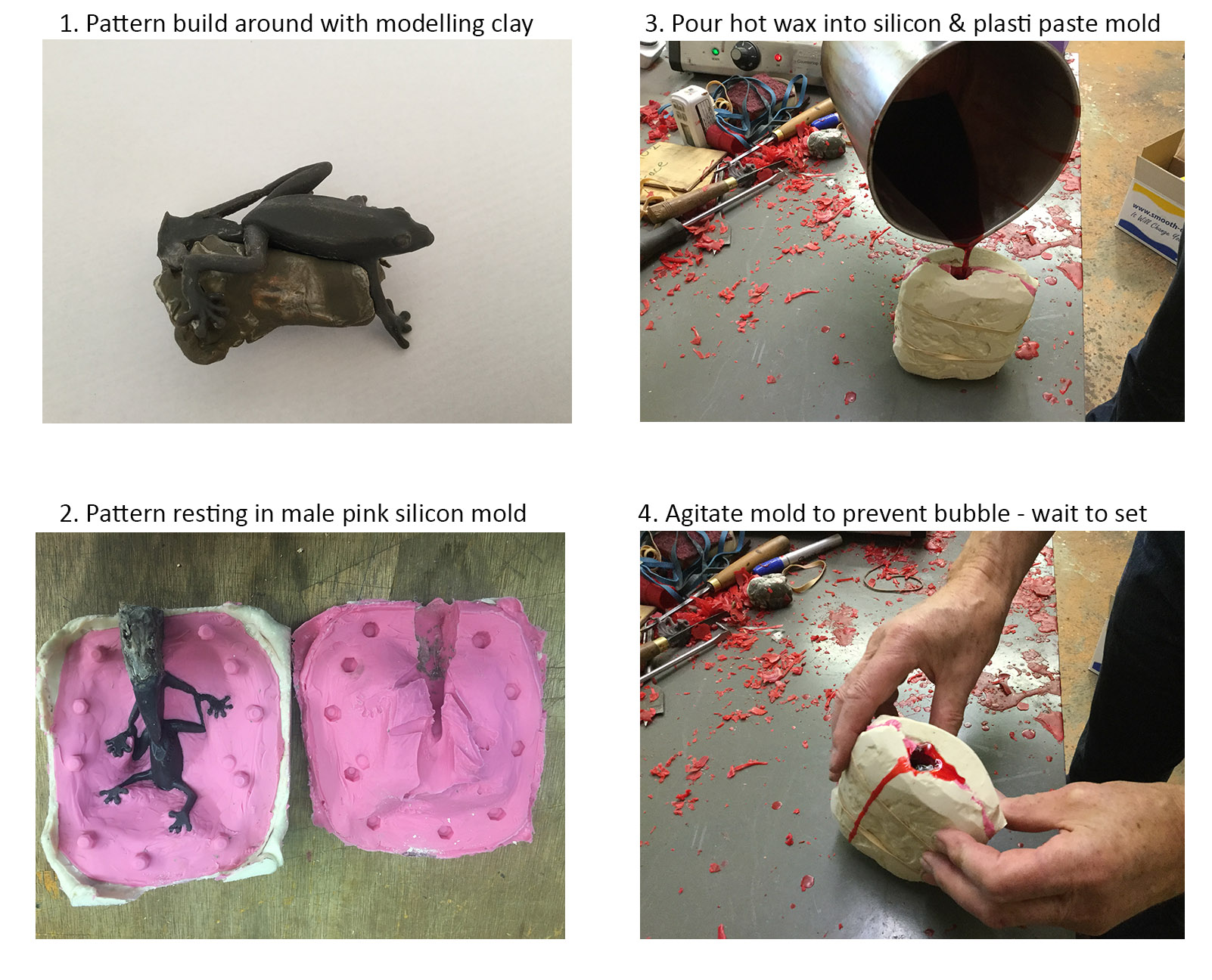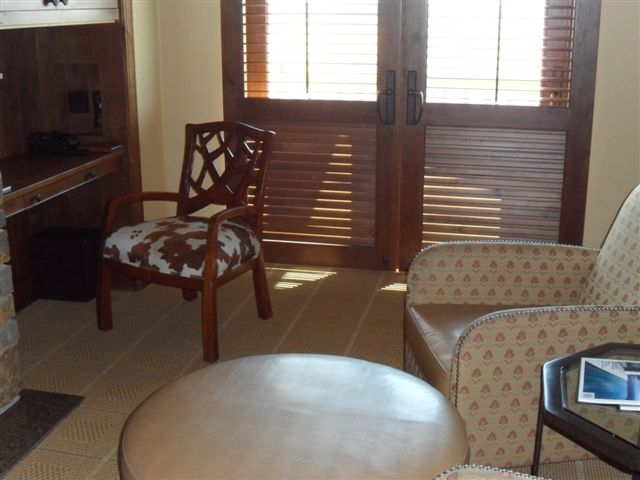Walter Jaeger, of Jeager and Ernst recently sent me his original cabinetry design for a master bedroom closet and dressing room project. The cabinet wall incorporates stained glass with embossed plant stems and mushroom and tree cabinet pulls from our collection of cabinet hardware. The woodwork will be finished in Sherwin William’s satin white paint making for a simple backdrop that will accentuate the decorative components. The design is both artistic and practical with the pocket doors on the left (see above banner image) opening to the master bathroom and dressing hall and with each door decorated with a stained-glass water droplet, custom made, by Mary Lu Winger Bennett. Mary is an artisan known in Virginia for her stained glass restoration projects as well as her contemporary pieces. For stained glass enthusiasts, I recommend you check our Mary’s work at Crossroads Art Center.
Photo courtesy of Mary Lu Winger for other works
I asked Walter Jaeger what had inspired the cabinet and was not surprised to hear he is an admirer of Renee MacIntosh’s work, the Scottish architect and artist of the Victorian era. MackIntosh’s work is known for its rich symbolism and for its influence on European Art Nouveau, a style that I have mentioned in many posts.
Jaeger and Ernst are cabinet makers based in Virginia where they are known for their excellence in design and workmanship which is clear from the rendering below.
The mushroom, hedgerow round and half round cabinet pulls were finished in polished nickel with strategic areas darkened to accentuate their 3-dimensional form.































